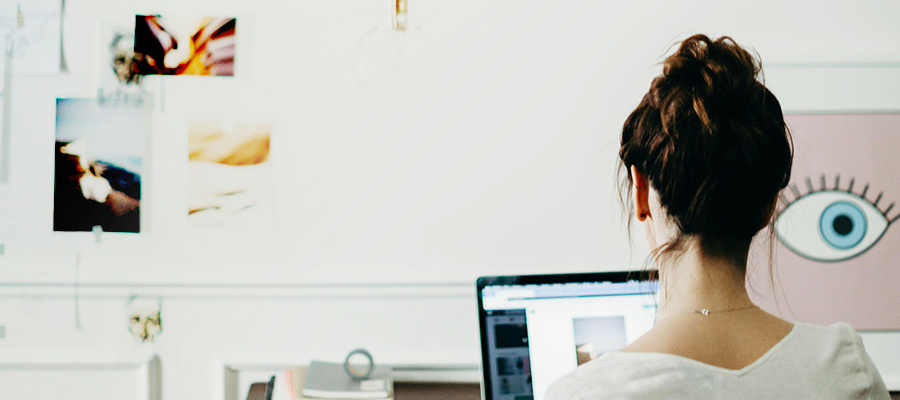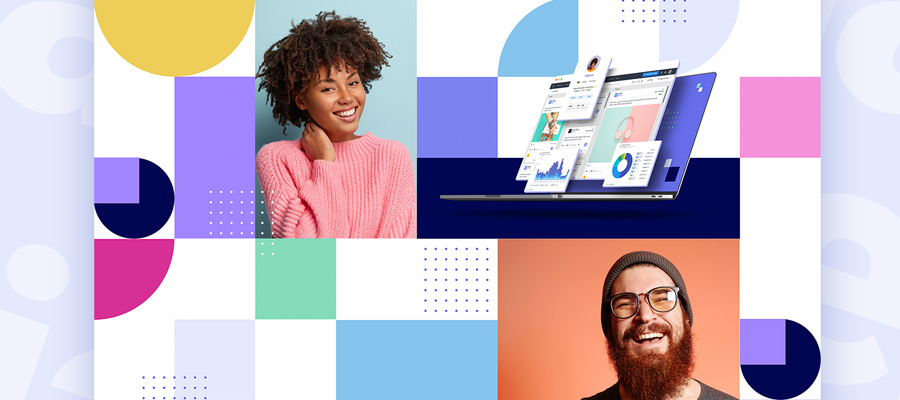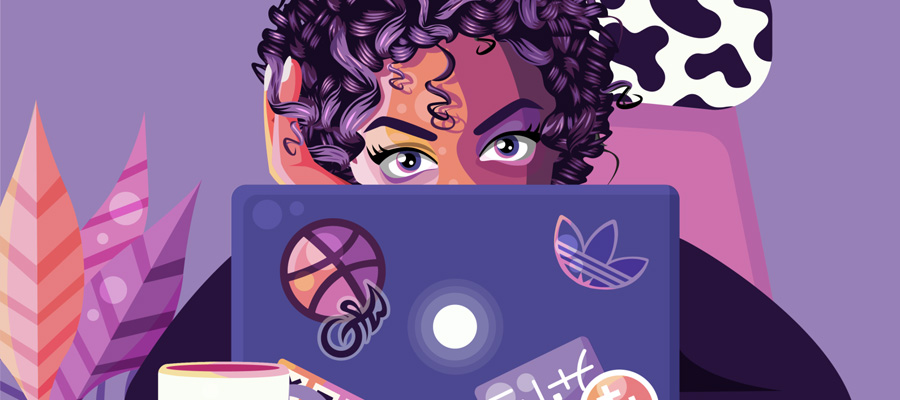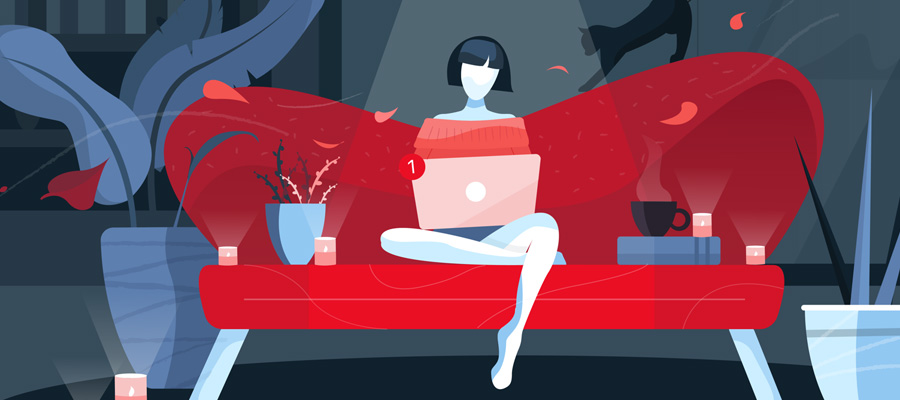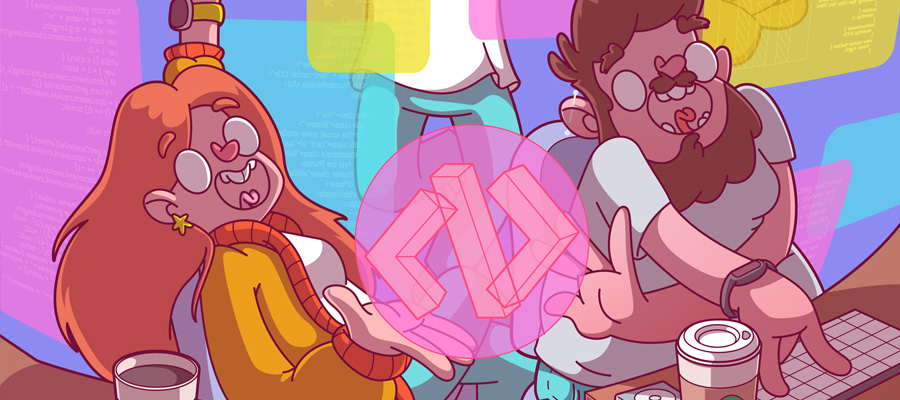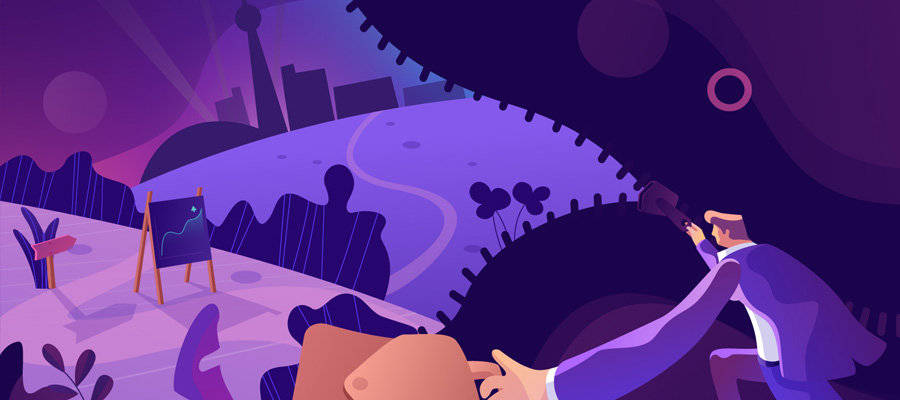Whether you're working as a freelance designer, employed by a company or even own your very own web design studio, you know that one of the most important things in this business is to always keep up with new trends. Even better is to be ahead of them. As a designer you always have to be aware of what's going on around and of what is soon to come - as so not get caught surprised by a demanding client.

It's not easy to make predictions, especially when we're talking about something as fast to change and varied as the internet, but if you were to take a long look at the biggest trends going on today you can catch a glimpse of what's coming. To make it easier for you, here are a few places to start - five design trends you can expect to bloom in the next five years.
#1 One-stop-shops for web designers
SaaS, or Software as a Service, is a term that's used to describe web-based software that includes many different actions to take within it, and helps you run an entire business with little or no use of supplementary tools. This is an especially big hit with web designers: professionals are now using tools like Webydo to take care of all their design and management needs in one place.
With Webydo you can design gorgeous websites easily and quickly, without even having to code. It's very user friendly and uses a simple to learn drag-and-drop interface, but at the same time it produces fully functional, professional results with all additions, apps or any other needs your client might have.

#2 Interactive applications within the site
Interactive is, as everyone knows, all the rage - and will continue to be so for a long, long time. More and more people are using mobile devices rather than laptops (not to mention desktop computers,) and for designers that means a whole new range of fun things to play with to make the user experience more involved. No longer are site visitors expected to look at images and read texts; now they need to participate too.
The direction this trend is taking is towards mini-apps, even. Within the site you can scroll down to see various objects that once you click them, hover above them or insert some information, suddenly become alive. If used with inspiration, this can become everything from signing up to a service to experiencing a demo of that service, and a million other things that only apps can do.

#3 Originality is key
The days when all you wanted for yourself and for your clients was a cookie-cutter site that follows a set template are over. It used to be a convenient way to get things done, as well as a way that promises results: if it worked so far, it will work for you too. Well that's a thing of the past. What you can expect in the next few years is increasingly a demand of original work.
That encompasses all parts of your design, really: from a brand new font specifically for the brand, through original images from a professional photographer rather than those overused stock photos, to your very design: new is what's being asked for.

#4 Use of videos
Videos are also getting huge in design, and outside of it too. So far, in recent years, we've seen YouTube grow enormous; we've seen news and media outlets put more and more work into creating original content not only in articles and slideshows but as original video pieces; and we've seen competing social networks - Facebook mostly - take their own shot at promoting videos.
This progress is not going anywhere. If anything, you can expect it to keep growing more and more. Websites are finding new ways to include videos in their layout. It's more inviting, it goes well with the interactive trend and it's the way people like to consume information right now.
#5 User-personalized sites
Originality, mentioned earlier, is only one half of the equation; it showcases how great the brand is in general. Now comes the second half which is to show off how well the brand knows the user. This started long ago in e-commerce, where for instance if you look at a certain product you're bound to see recommendations for other things you may find interesting. It continues in VOD services, Netflix for example, which try to really get in your head and help you find something good to watch.

This will spread on and on in all types of websites - just think of the possibilities. If a customer feels like they're taken into consideration there's a much better chance of cooperation. Using information gathered either as a form or by location (and other similar indicators) you can create a site that changes from user to user.
